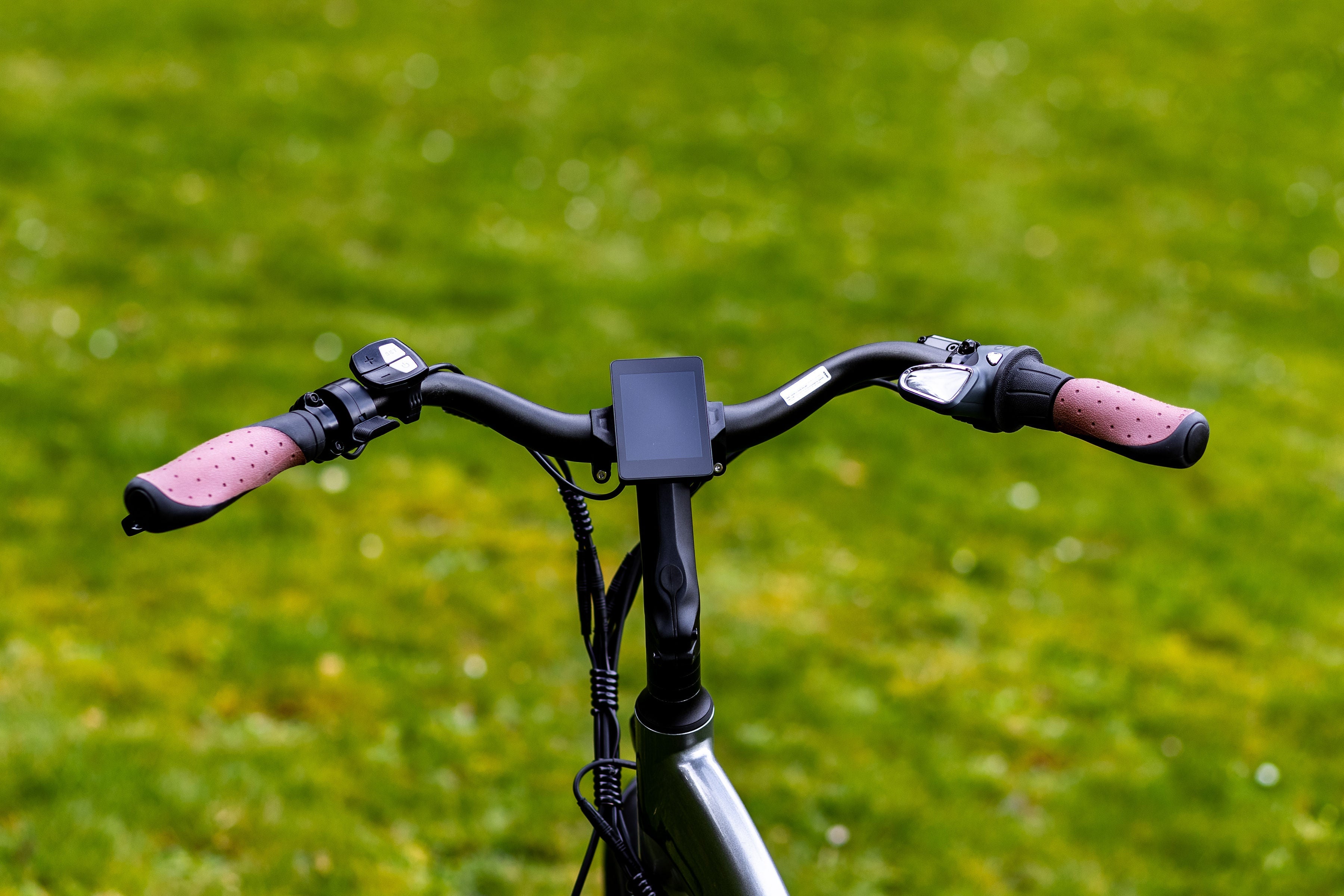Gears: How They Work And How To Use Them
Gear systems are designed to maximize efficiency on bicycles, and eBikes are no exception. Choosing the right gear for the riding conditions will improve motor performance, increase efficiency and range, and make for a better riding experience.
Low gears are helpful when climbing hills or starting from a stop, while high gears allow the rider to maintain a faster speed with a relaxed pedaling cadence.
There are three types of gearing systems on EVELO eBikes depending on the model: a derailleur system, internally geared hub, and the Enviolo continuously variable transmission.
Derailleur Systems
Many bikes use a standard rear derailleur system. On the rear wheel, there are seven or more different sized sprockets, along with a derailleur that moves the chain from one sprocket onto another, effectively changing the gears of the bicycle. In order for the shifts to execute, the rider has to pedal so that the chain is moving. The derailleur is actuated by cables that are attached to the twist grip shifter on the handlebar. On a bike that uses a hub-driven motor, the mechanical advantage of the gearing is separate from the motor. Thus, the power output of the motor is not affected by the gearing. The derailleur system is intended to make pedaling easier for the rider, depending on the terrain and speed.
Internally Geared Hubs
Sometimes, a bicycle transmission is located in the wheel hub itself as an internally geared hub (IGH). You can find a 3 speed hub on the EVELO Compass models. IGHs work on the principle of planetary gearing. Just like the derailleur system, shifting is actuated by a cable connected to the twist grip shifter on the handlebar. However, since this gearing system is coupled with a mid-drive motor, the mechanical advantage of the gearing applies to both the motor and the rider. As opposed to hub-drive motors, mid-drive systems send power through the chain or belt the same way that the rider pedals to produce forward motion. By having the motor coupled with the geared hub, the motor efficiency can be increased by using the correct gear for the riding conditions. For example, if you are starting from a stop, you will want to be in the lowest gear. That way, the motor will be able to provide the most torque available to help you get moving again. If you were to start on a high gear from a stop, you would cause unnecessary strain on the motor and draw power from the battery faster than needed. It is essential to utilize the mechanical advantage of the gearing in order for the battery to provide the greatest range possible, while allowing the motor to perform at its peak capabilities.
Enviolo Continuously Variable Transmission
The Enviolo CVT Enviolo Automatiq combines the benefits of an internally geared CVT located in the rear wheel, with an electronic interface that handles gear selection and shifting - just like an Automatic transmission in your car. This means you're always in the right gear for every hill climb, every time. Enviolo Automatiq allows you to focus on your surroundings and enjoy your ride without worrying about shifting gears. It offers Fully Automatic shifting based on your riding terrain, pedal cadence, and bicycle speed. The Enviolo CVT is a true Continuously Variable Transmission. This means there are no “steps” or indexing between gears like a regular bike. No clicking, no skipping. Just like the internally geared hub, the coupling of the mid-drive motor with the CVT allows the rider to leverage the greatest mechanical advantage. With this shifter, you will want to rotate the shifter away from you to enter a lower gear- helpful for climbing hills or starting from a stop. As you gain speed, you’ll twist the shifter towards you to help maintain a steady pedaling cadence.
Shifting Gears On Hills
While gearing systems make climbing hills a much easier task, there are still mechanical limitations to consider. Each transmission system is capable of changing gears while in motion, but riders should be cognizant of how much load or pressure they are placing on the system. Using full throttle and/or pedaling hard while attempting to shift gears can cause excessive wear on the drivetrain components. This means that if you want to shift while climbing a hill, you should temporarily stop using throttle (if applicable), and pedal only lightly to allow the system to change gears. Then resume riding normally at the new gear ratio chosen. This method of light forward pedaling motion while shifting will prolong the life of the drivetrain, minimize stress on the system, and help riders enjoy the smoothest shifting experience possible.

